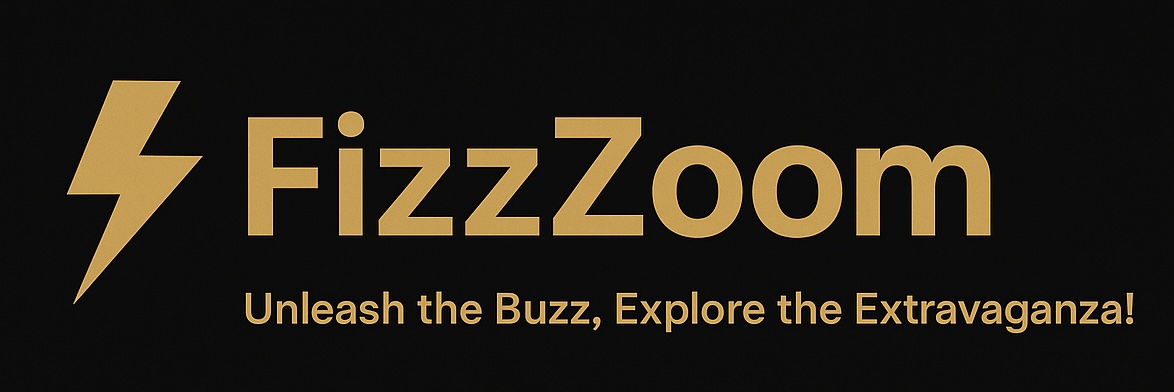Starting from September 15, 2025, significant changes will be implemented in the Unified Payments Interface (UPI) system by the National Payments Corporation of India (NPCI), aimed at increasing transaction limits for several high-value categories. This update will primarily affect payments made to verified merchants, enhancing the ease, speed, and flexibility of large digital transactions while maintaining security.
Previously, the per-transaction limit for many sectors such as capital markets, insurance, government e-Marketplace (tax payments), travel bookings, and collections was capped between ₹1 lakh and ₹2 lakh. With the new guidelines, these limits will increase substantially, allowing payments of up to ₹5 lakh per transaction and cumulative transaction limits of ₹10 lakh within a 24-hour period for these categories. For example, capital market investments and insurance premium payments will now enjoy a higher ceiling to encourage smoother financial operations.

Credit card payments and loan collections will also witness an increased per-transaction cap of ₹5 lakh, with daily cumulative limits rising to ₹6 lakh and ₹10 lakh respectively. Jewellery purchases, digital account openings, and term deposits through digital channels will have enhanced limits as well, broadening the scope for diverse payment needs.
It’s important to note that these higher limits apply solely to Person-to-Merchant (P2M) transactions with verified merchants. Person-to-Person (P2P) transaction limits remain unchanged at ₹1 lakh per day to ensure consumer safety and mitigate fraud risks.
Financial experts have welcomed the move, stating that it effectively reduces the inconvenience of multiple small transactions, empowering users to execute higher-value payments effortlessly. This change is especially beneficial for corporate transactions, insurance policy payments, investment platforms, and government-related billing.
All banks, payment apps, and service providers have been instructed to enforce these updated limits by the stipulated date, enhancing the digital payment landscape further.
As digital payments become increasingly integral to India’s financial ecosystem, these rule changes signify a major step toward facilitating seamless high-value transactions securely and efficiently.
What’s changing in UPI limits
- Capital market investments and insurance: Transaction limit will be raised from Rs 2 lakh to Rs 5 lakh per payment, with a maximum of Rs 10 lakh in 24 hours.
- Government e-marketplace and tax payments: Revised cap will be Rs 5 lakh per transaction, up from Rs 1 lakh.
- Travel bookings: Limit will be increased from Rs 1 lakh to Rs 5 lakh per transaction, with a daily cap of Rs 10 lakh.
- Credit card bill payments: Transactions can be done up to Rs 5 lakh in one go, though the daily limit will be capped at Rs 6 lakh.
- Loan and EMI collections: Increased to Rs 5 lakh per transaction, with a daily maximum of Rs 10 lakh.
- Jewellery purchases: Limit will be doubled from Rs 1 lakh to Rs 2 lakh per transaction, with a daily cap of Rs 6 lakh.
- Term deposits (digital onboarding): Will be increased to Rs 5 lakh per transaction, up from Rs 2 lakh.
- Digital account opening: No change, stays at Rs 2 lakh.
- Foreign exchange payments via BBPS: Will now permitted up to Rs 5 lakh per transaction, capped at Rs 5 lakh daily.







